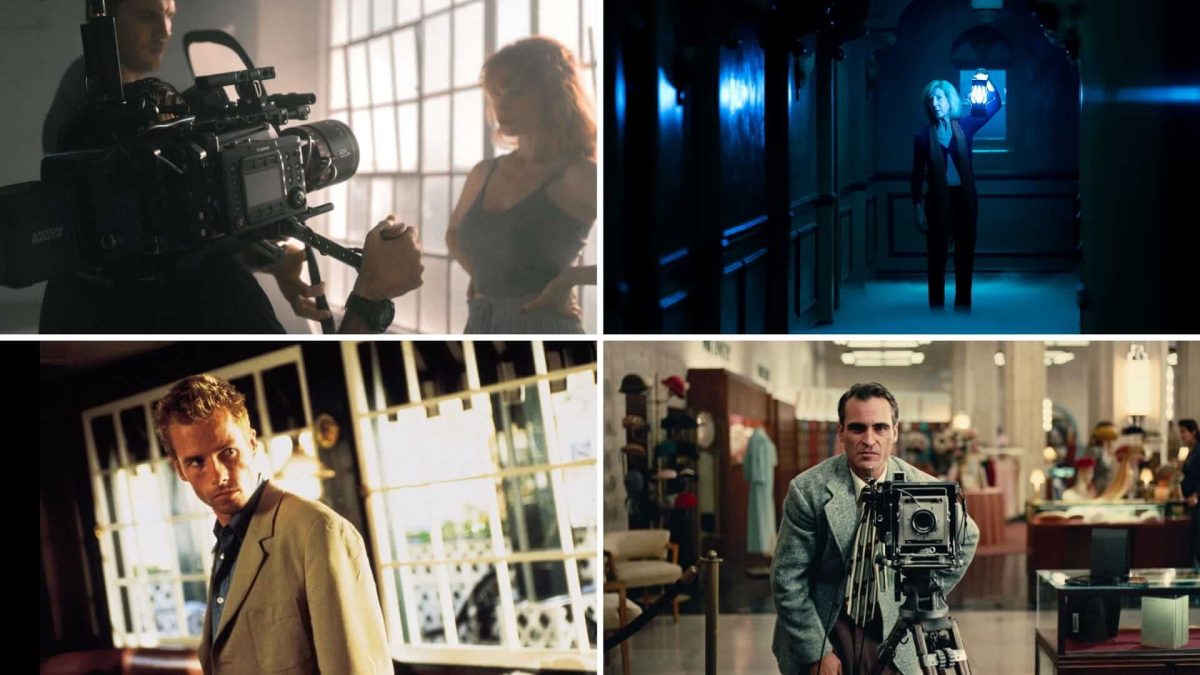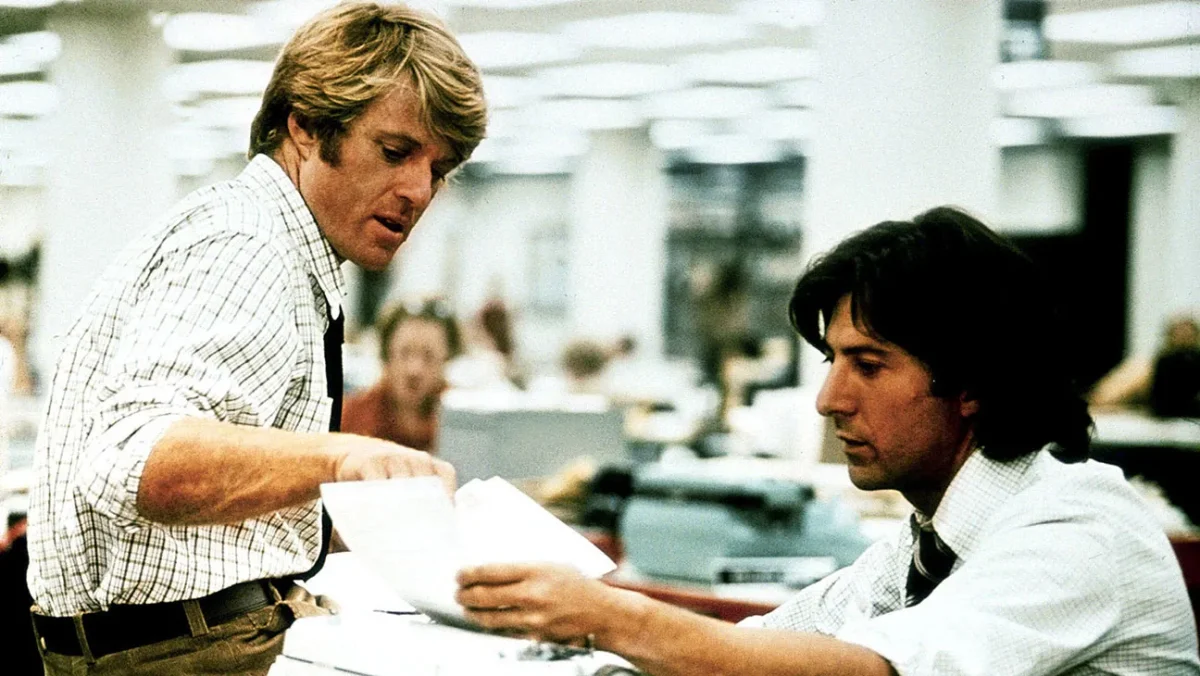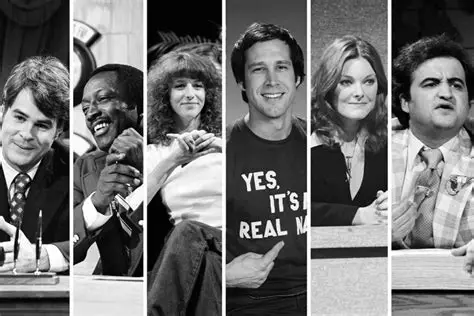Whether on stage, or on the screen, acting is an extremely meticulous and rewarding process. While live theater and films are extremely different, fantastic actors and actresses stem from a shared list of characteristics – overacting versus underacting, stage presence, commitment to the role, projection and articulation, and flexibility/commitment to the position.
1. Maintaining the Balance Between Overacting and Underacting
When it comes to acting, there is a fine line between overacting and underacting, and finding the sweet spot in between is key to performing well. For instance, in the infamous “Dhar Mann” film productions, actors and actresses tend to overreact. This portrays them as unprofessional and even childish, oftentimes taking a setting that was intended to be serious, humorous. On the contrary, in the well known “10 Things I hate About You,” Julia Stiles maintains the balance between overacting and underacting, while getting her heart torn to shreds by Heath Ledger. This portrays her as very professional and versatile in regards to roles. All this aside, it is important to point out that this can be different in live theater. When performing for crowds of people distances away from the stage, sometimes it is necessary to amp up the enthusiasm and “aggression” of a character to ensure the audience can truly pick up on the story. However, it is still important to be conscientious of the difference between overacting and underacting.
2. Stage Presence
Secondly, another large characteristic that makes up a good actor/actress is having good stage presence, as this exclusively applies to live theater. For instance, having good posture, opening up to the audience, never facing upstage (unless choreographed to), and performing for the audience. No audience wants to sit through a two hour long musical where half the actors have their backs faced towards the audience. Furthermore, having the ability to move freely and comfortably, and to act in the moment is key. Sometimes, acting on instinct based on words of a song can be more authentic and impactful than being told to do specific actions or dance moves.
3. Commitment to the Role
Another key characteristic of a good actor/actress is the motive and ability to truly take the role they are given, and make it their own. Rather than minimizing movements and such, it is far more pleasant for the audience and effective for the storyline when the characters are fully in it. Taking the time to dissect the role you are given, and give deep thought into it allows you to become the character, and not just “play” it. This then allows the audience to be captivated and fully engaged throughout the film/performance. Specifically, in the musical SIX, the original Katherine Howard Samantha Pauly fully embodied the role, and put herself into Howard’s shoes. From her facial expressions, body language, to the pain in her voice during her song “All You Wanna Do,” she absolutely grabbed the attention of the entire audience, leaving an extremely large impact on the audience. Not only does this contribute to the quality of the film/performance, but it also reveals the character of the actor/actress themselves, revealing how oftentimes motivation drives success.
4. Projection and Articulation
In technical terms, it is extremely important to articulate your lines and words, and to project – especially in live theater. When given lines that are often packed with common language, it’s easy to spit them out hastily, making them difficult to understand, and potentially mumbling. Ensuring actors and actresses take their time to deliver their lines also ensures that the audience can fully understand what they are saying, which then allows them to follow the story. Furthermore, more importantly in live theater, projection is key. Not only do you have to articulate your lines, but also project your voice and say them loud, so the audience can hear you. This generally applies to live theater as films tend to use microphones and can adjust the volume of the voices easily, whereas live theater typically uses microphones when necessary, though still requires projection. You will see this in any Broadway production, as all of the actors and actresses ensure their lines are clear and easy to understand.
5. Flexibility and Commitment to the Position
On another note, it is important to be flexible and committed. Ensuring that actors and actresses know their lines well, have them memorized, and are able to adapt to any situation is key, especially in live theater. Regardless of how many times you rehearse numbers, there is never the certainty that the performance will go as intended. Someone could forget a line, music cues could be missed, a prop may be lost – the possibilities are endless. It is important to think on the spot and easily adjust. Additionally, memorizing lines and making sure you know them inside and out is extremely important. Once you are comfortable with your lines, you are then able to take them to another level, and truly embody the role you are given.





















